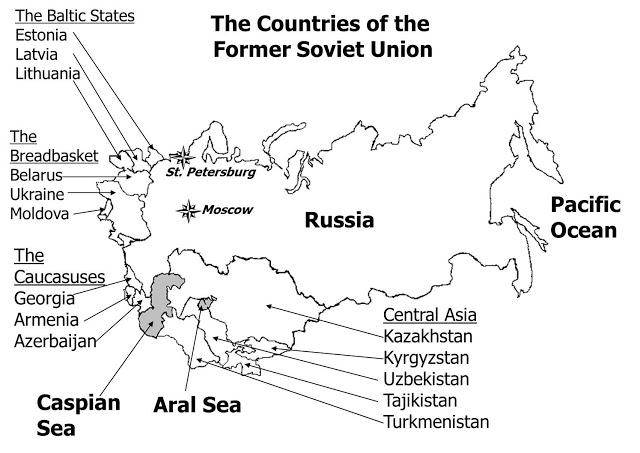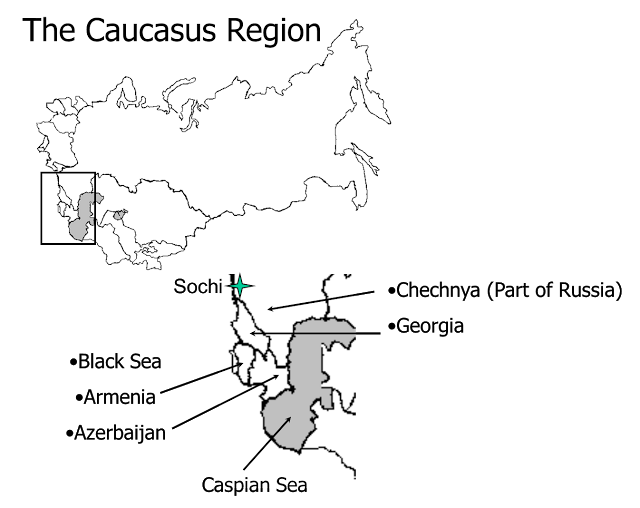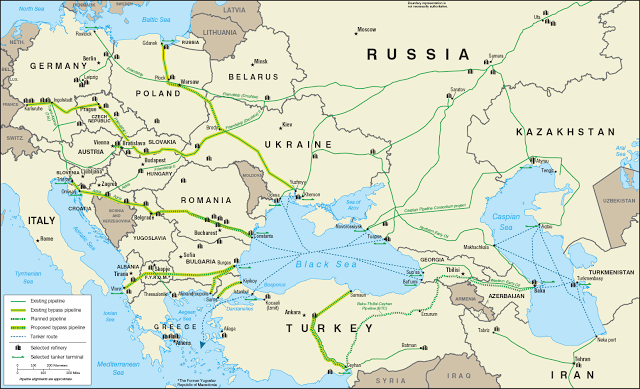By Kelly Raftery
First off, let me say I mourn deeply for the victims of the Boston tragedy. One of the three fatalities was a little boy exactly the same age as my son. His sister, who has been gravely wounded, danced the same steps as my child. That family could have been mine standing on the street, any one of the victims could have been you or me.
Listening to the media coverage today, I can’t help but cringe at the errors that are being presented as fact about this area of the world and its cultures. Let’s start with geography. From 1917-1991 there was the Soviet Union, or USSR. The USSR was made up of fifteen Republics, which included the Kyrgyz Republic, the Kazakh Republic, and the Russian Republic among others. The Soviet Union was one of the world’s most ethnically diverse countries, home to over 100 distinct peoples, who were “encouraged” to adopt Russian over their native tongues, renounce their religions in favor of official atheism and live an appropriately Soviet life.
A map below outlines the various countries that make up the former Soviet Union today. As you can see, fifteen countries emerged from the Collapse of the Soviet Union in 1991.

The fifteen Republics operated somewhat independently and when things began to fall apart in the early 90s, it was easy to divide up the Soviet Union into its constituent parts, despite the fact that there were many other ethnicities that also wanted their own sovereign states. In fact, an initial treaty drafted under Gorbachev allowed for eighty separate states to be formed out of the Soviet Union, but this document was set aside during Yeltsin’s August Coup. Among those embryonic nation states never to be formed was the Chechen-Ingush Republic. But, dreams of an independent Chechnya would not die easily and a separatist movement was formed with the goal of an independent state for Chechens.
Now, let’s look at the map below – of southern Russia and the Caucasus and talk about some of the geopolitical and economic aspects of this area. First off is a geographic map of the region, showing the three nations that emerged in 1991, Armenia, Azerbaijan, and Georgia. The map also shows southern Russia, including Sochi, host of the 2014 Winter Olympics and Chechnya, right next door. The second (color) map I am attaching shows oil and gas pipelines that run between the rich oil and gas deposits of Kazakhstan, Turkmenistan, and Azerbaijan and the markets of Europe. Please note that one major pipeline runs right through Southern Russia, jogging around to avoid most of Chechnya. The Russians were not and are not willing to let that extremely important piece of land between the two seas be anything other than part of Russia. The fierce and bloody war over this land has dragged on for decades between the Chechens and the Russians and President Putin was elected the first time on the promise that he would never, ever allow the Chechens to gain independence.


The other area of the world that has been much talked about is Central Asia. I have heard today the bombers being described as “Chechen” and “from Kyrgyzstan.” I have seen people on social media claiming that these men are, therefore, Kyrgyz, having been born in Kyrgyzstan. Please look at the map at the top of this post again and note the distance between the two countries. It is 2,500 miles between Bishkek, Kyrgyzstan and Grozny, Chechnya, about as far as Boston to Salt Lake City, with an inland sea or two and some mountain ranges thrown in for good measure. The Chechens speak a language and have a completely different ethnic heritage than the Kyrgyz. Quite simply, Chechens are to Kyrgyz like Brits are to Greeks. And yes, Kyrgyz and Chechens all practice Islam, but the Catholics and Protestants in Northern Ireland are all Christians, right?
Which brings us to our history point – why were these Chechens born in Kyrgyzstan? Our story starts with Stalin who ruled the USSR from 1924-1953, and was one of the people who actually drew lines on the map creating the borders for the Soviet Republics. The story goes that Stalin saw ethnic identity as a possible rallying point in Central Asia – as well he should, the Basmachi resistance movement in the area did not die until almost a decade after the Socialist Revolution – and so, when drafting the borders of the Central Asian Republics, Stalin was careful to include considerable ethnic minorities in the various Republics. What this means in real terms is that there is a sizable ethnic minority of Uzbeks in Kyrgyzstan, a Tajik community in Uzbekistan, etc. The theory was that if any one group got organized to resist Soviet power, the leadership could take advantage of traditional ethnic tensions and create local unrest, thus taking the focus away from a revolt against Moscow.
Stalin threw a few more ingredients into this cauldron of potential ethnic strife when, during World War II, he began to deport entire nationalities to Central Asia. The Chechen and Ingush peoples were accused of collaborating with the Nazis and deported to Siberia and Central Asia en masse. In February, 1944, villages were sealed off and people sorted into categories. The infants, very old or sick were deemed “unsuitable for relocation” and massacred immediately, the rest were forced into trains and sent to Siberia, the Kazakh Republic or the Kyrgyz Republic. Between thirty and fifty percent of the Chechen and Ingush populations perished in the first years of the deportation. After Stalin’s death in 1953, Khrushchev “rehabilitated” the Chechen and Ingush and they were allowed to return to their ancestral home, but they had been disenfranchised to such a degree that it was not a terribly attractive proposal for many. Additionally, people had already built new lives in Central Asia and chose to stay in their adopted homelands, which is why Tokmok, a small village outside of Bishkek, still has a sizable Chechen population today. It was this village in which the Boston Marathon bombers likely spent part of their childhoods. Perhaps their family just stayed after Stalin’s deportation, perhaps when the war in Chechnya between the Separatists and Russia’s forces in the 1990s became intolerable the family went to other relatives or friends still living there, perhaps they made a conscious choice to relocate to Kyrgyzstan after it became an independent nation. I don’t know.
When I lived in Kyrgyzstan I always posed the same question to the locals if they were not ethnically Kyrgyz, “So, who sent your family here, Tsars or Soviets?” Never did I get the answer that an ancestor had just decided to relocate to Kyrgyzstan on a personal whim; it was always exile of some sort.
So, the Kyrgyz have played host to any number of peoples who did not want to be there, but who were sent there: Russians, Dungans, Chinese, Volga Germans, Tatars, Uighers, and others. It is not unusual for an ethnic Uzbek or Korean to have a passport from Kyrgyzstan in modern times, but that does not make him Kyrgyz, either. So, while these young men were “from Kyrgyzstan” they were likely born there because Stalin committed atrocities against their people almost seventy years ago. What complicated webs history weaves for us; her strands connecting the sins of long ago to the tragedies of today.

